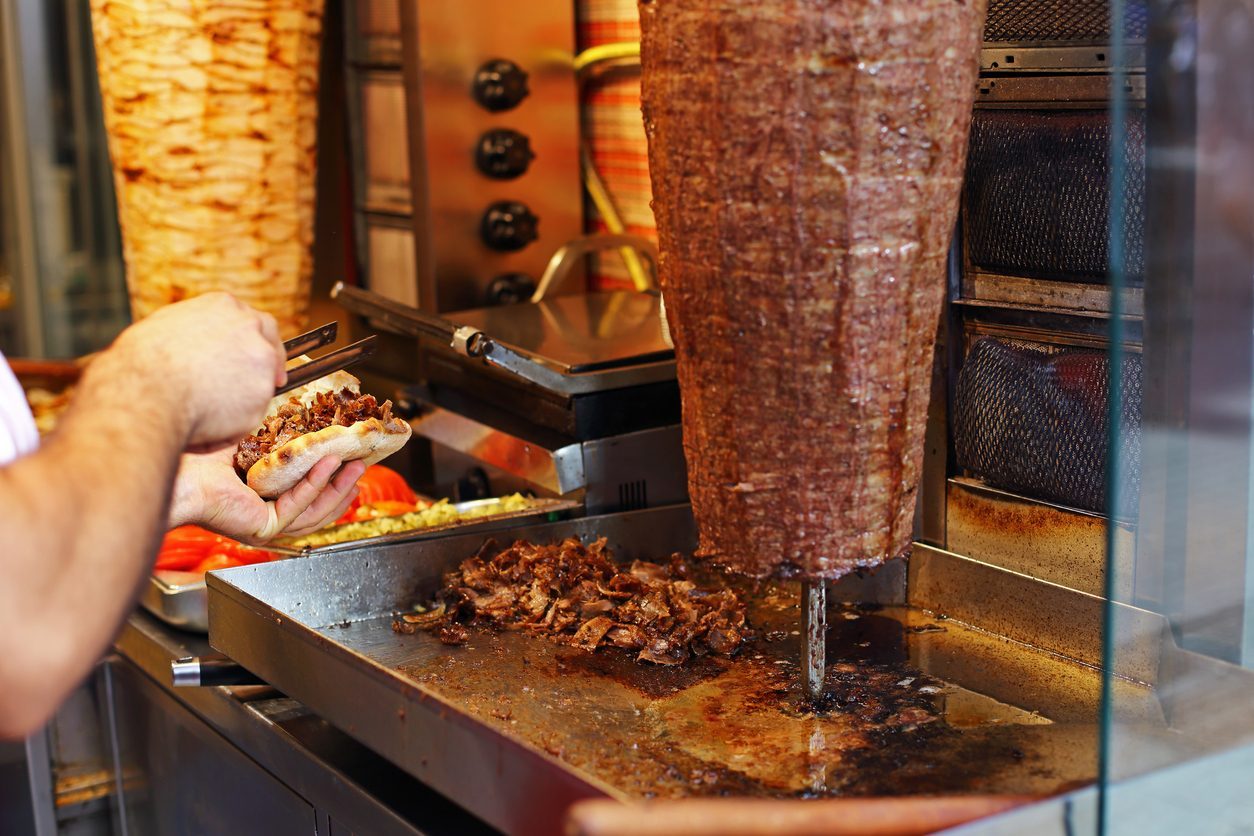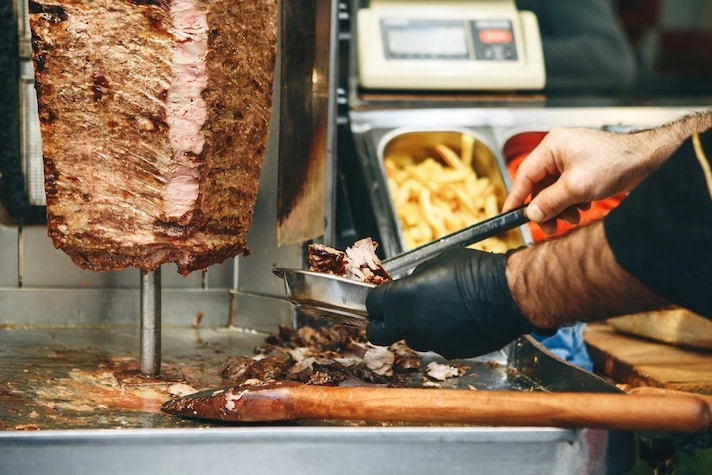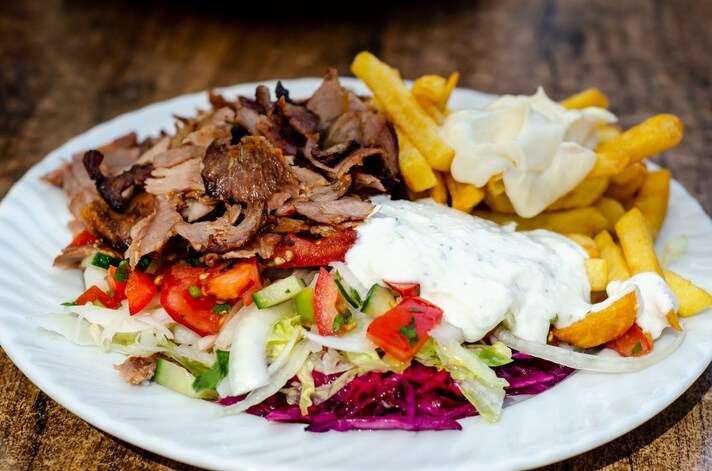How to Recognize a Good Quality Kebab? All The Details You Should Pay Attention To
There are some little tricks to pay attention to in order to recognize a good kebab. Some are very immediate, like the color, others are more complicated.
;Resize,width=742;)
Kebab is one of the most popular street foods in the world—loved by many but viewed with skepticism by others. This iconic dish, which originated in Turkey and spread across Europe, has also gained a strong foothold in the U.S. However, some people remain wary of this stacked and roasted meat, often due to lingering concerns about food safety. In the early 2000s, various myths and hoaxes circulated about kebabs, but they have since been debunked through strict health regulations and inspections. Today, eating a kebab in the U.S. is just as safe as dining at any other restaurant. The real issue, however, is quality—while there are plenty of kebab spots, finding truly authentic, high-quality versions can still be a challenge. That said, some cities with strong Middle Eastern and Mediterranean communities—like New York, Los Angeles, and Chicago—boast excellent kebab shops that stay true to tradition. So, how can you tell if a kebab is top-notch or just another average takeout meal? Here are some key tricks to recognizing a great kebab and making sure you’re getting the real deal.
From Color to Price, How to Understand if a Kebab is Quality or Not
Kebab is a delicious dish and it is also very simple to make. This point is a facilitator for us: the simpler the recipe, the easier it will be to understand if what we are served is good or not. Keep in mind that a kebab should be made only with lamb, mutton, beef, beef, chicken or turkey (a mix of these animals or a single cut depending on the type), water, salt and spices. The ingredients should therefore be only four. Unfortunately for customers it is impossible to trace the table of ingredients of the product but as with any food, the longer the label, the worse the quality of the product.

Let's start with the color, the first thing that catches the eye inside the restaurant. It may seem counterintuitive but a good kebab has a dark color, like that of overcooked meat. Be wary of kebabs that are too light. Always remaining within the scope of "visual inspection", even the curlicues on the meat on the skewer are important: you need to be able to distinguish the various pieces of meat because the smoother and more homogeneous the consistency, the worse the quality of the meat. The reason is easy to say: if a restaurateur wants to "cheat" it is easier to do so with finely minced meat. The quality of the meat is fundamental, regardless of the animal used. Before even tasting it is always advisable to take a look at what surrounds us. This advice applies to any business you find yourself in, even more so if we are talking about a place where you have to eat: the restaurant must be clean. No dirty napkins lying around, crumbs or overly full bins. A manager who does not take care of the external cleaning of the structure will hardly take care of the internal one.

If everything has gone according to plan so far, it is very likely that the kebab is good. At this point it is legitimate to ask a question: but what should a kebab taste like? Answering this question is practically impossible because there are so many varieties of kebab that obviously each have their own flavor.
To keep things simple, let’s focus on the most popular type of kebab in the U.S.: the doner kebab, cooked on a vertical rotisserie. Here’s an important fact—many kebab shops in the U.S. use pre-made, frozen meat logs that are simply thawed and cooked. This mass production method is one of the main reasons why some people are skeptical about kebabs and why the quality can vary greatly. Traditionally, doner kebab meat goes through a lengthy marination process before cooking, which enhances the flavor and keeps it juicy even after hours on the spit. A great doner kebab should be packed with bold flavors—savory and slightly spicy, but not overwhelmingly salty. It should have a subtle tang, often from a splash of lemon juice, and a mild kick, not from chili peppers, but from fresh herbs like parsley. There should also be a hint of sweetness, either from the fat rendering from the meat or from high-quality tomatoes added to the sandwich or platter. When done right, doner kebab is an incredible balance of flavors, offering a perfect mix of smokiness, spice, and juiciness.
Kebab is successful all over the world precisely because of these factors: it is in fact a dish rich in umami. It pacifies our senses and improves our mood. Learn to recognize a quality one, find the talented kebab seller closest to you and never leave him.
;Resize,width=767;)



